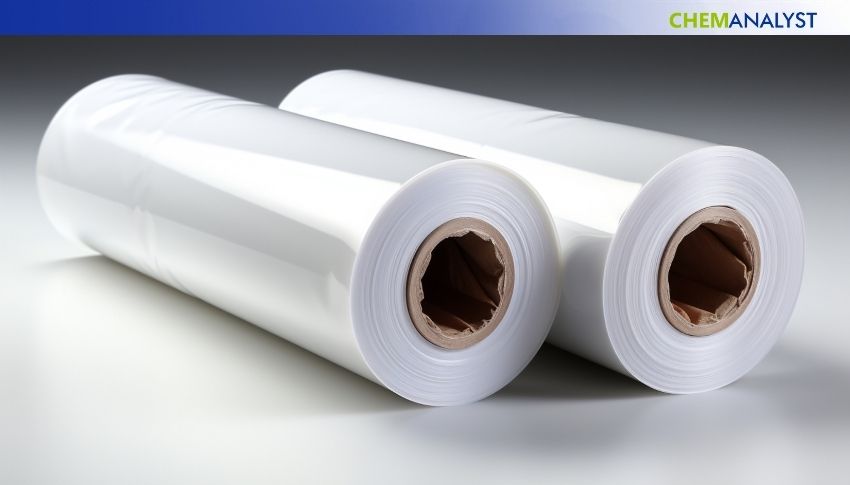Welcome To ChemAnalyst

The Biaxially Oriented Polypropylene (BOPP) film industry showed divergent regional trends, with downstream resilience, investment choices, and trading flows determining the market movement across various countries. Feedstock polypropylene prices were steady in most areas, putting the BOPP film industry's focus on port activity, inventory conditions, and sector-specific demand patterns
• USA: Cost Pressures Meet Muted Demand
The American BOPP film industry saw a minimal fall in the third week, while observing level pricing in the fourth week, indicating cost-induced production reductions and not drastic price adjustments. Although there was a constant 3.7% increase in polypropylene feedstock in the third week, followed by stable values thereafter, producers cut production to maintain profit margins as consumer sentiment remained weak.
BOPP film demand was sluggish beyond flexible packaging and labeling, with little movement in applications such as agriculture, pharma, and medical supplies. Texas port operations were smooth, with consistent exports to Canada & Mexico.
• India: From Surge to Steady Optimism
India's BOPP film industry rose by 7.2% in the third week due to strong demand from the FMCG segment and restored local consumption, especially in Delhi and other northern centers. Week 4 did see price stability, indicating that the steep uptrend had cooled temporarily.
Exports to Japan, Thailand, and Mexico remained robust, and domestic production increased to reduce dependency on Chinese imports. With Dhunseri announcing two major capacity expansions, India’s role as a global BOPP film supplier is expected to grow in the coming quarters.
• Indonesia: From Weakness to Recovery
Indonesia's BOPP industry showed mild recovery during Week 4. Chinese BOPP film imports picked up, and a rebound for prices followed as overstocks and lower demand initially squeezed them. Moreover, moderate support came from FMCG and consumer goods segments.
• UK: Decline to Stability
The UK BOPP film industry recorded a marginal fall in Week 3 June before stabilizing in Week 4. Despite no considerable adjustment in feedstock prices, local BOPP film manufacturers did not cut prices but opted to shield operating margins amidst weak downstream orders and swollen inventories.
BOPP film exports were still plagued by working backlogs at London Gateway Port, where power shortages, berth congestion, and poor crane capacity caused vessel unloading delays and a ripple effect on shipment schedules. The bulk of outbound volumes diverted inward toward intra-EU trade, with exports to North America and Latin America decelerating. Political doubts regarding EU budget alignment also continued to squeeze sentiment, with UK converters holding back in procurement and production planning.
ChemAnalyst anticipates the BOPP film market to stay steady in the near term, driven by stable FMCG demand and improving consumer confidence. However, export flows may face pressure from Asian port congestion, while APAC importers and key producers like the U.S. and China adjust to cost fluctuations.
We use cookies to deliver the best possible experience on our website. To learn more, visit our Privacy Policy. By continuing to use this site or by closing this box, you consent to our use of cookies. More info.
